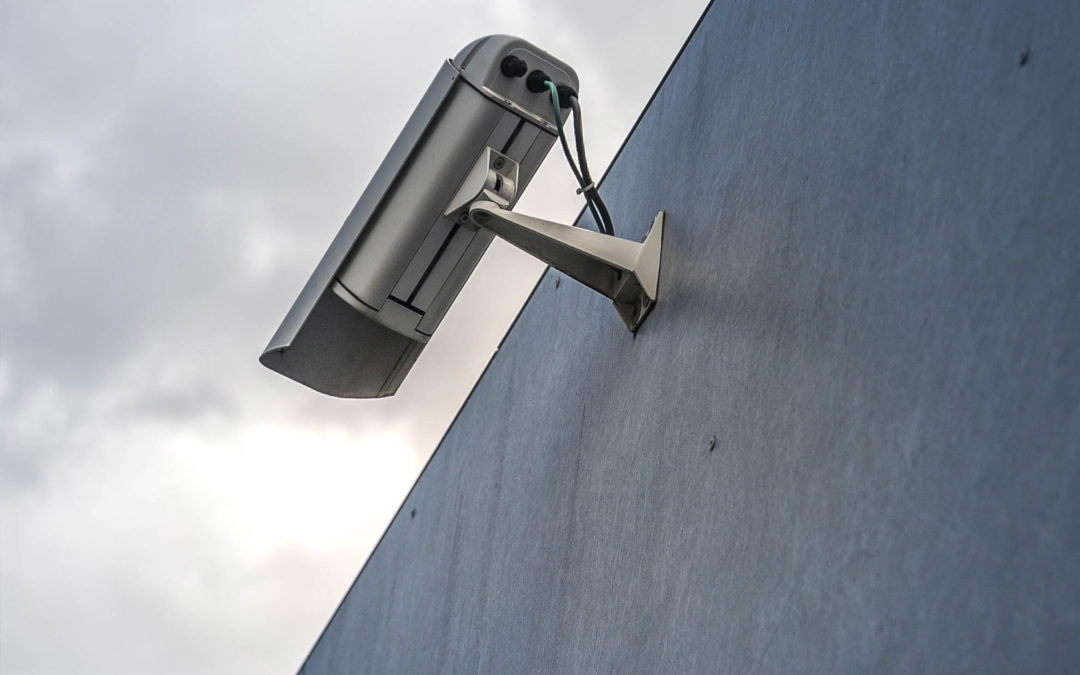According to Gartner’s 2017 report, there will be about 20 billion Internet-connect things by 2020. The Internet of Things (IoT) will have a great impact on the economy by transforming many enterprises into digital businesses and facilitating new business models, improving efficiency and increasing employee and customer engagement. Many commercial buildings and homes are going smart by incorporating IoT enabled accessories and sensors into their premises. The challenge for most enterprises is however, on how to harness IoT to reap security and economic benefits for their businesses.
Before the advent of IoT, the systems used in smart buildings tend to work in silos and are not integrated with one another. This makes the job of collectively monitoring and controlling all the systems challenging. Controlling and monitoring of the system are usually done at a static location and not remotely while on the move.
With the advent of IoT, systems and sensors can now be easily integrated and controlled centrally. Controlling and monitoring of the system can also be carried out remotely with cloud-based applications on smart devices such as smartphones and tablets.
Example of IoT Usages
Smart Buildings and Offices
-
- Smart Security System. IoT enabled cameras, customer check-in kiosks, security devices, etc. can be integrated via the internet for easy monitoring. Alerts can be sent out to security personnel’s smart devices efficiently for timely and responsive actions. IoT enabled visitor’s pass allows tracking of the location of the visitor while he or she is in the building. Locations of security personnel within the building can also be tracked by the security manager and the nearest personnel can be deployed to investigate or assist when an incident occurs.
-
- Smart HVAC Monitoring. HVAC with IoT sensors allows real-time monitoring of the ambient temperature and detection of human presence. Adjustments can be made done remotely to maintain the optimum temperature to suit the setting. In the absence of human presence, the lightings and air conditioners can be switched off to save power.
-
- Smart Trash Cans. Sensors within IoT enabled trash cans allow tracking of trash levels and notifying cleaning staff when they are full.
-
- Smart Elevators and Escalators. Elevators and escalators are essential commuting tools in commercial buildings. As they suffer wears and tears from constant usage, breakdowns are inevitable and causes inconvenience to users. Smart elevators and escalators are equipped with IoT sensors to monitor their state of conditions and to alert the maintenance team to perform predictive maintenance if necessary.
-
- Smart Toilets. Dispensers (such as liquid soap and toilet paper) with IoT sensors are able to alert the cleaning staff when refill is needed. IoT enabled ammonia sensors are also able detect the level of ammonia and alert the cleaning staff when cleaning of the toilets are needed.
-
- Smart Parking System. A smart parking system consists of an on-site deployment of an IoT module that is used to monitor and signalise the state of availability of each single parking space. A mobile application can be provided to allow end-users to check the availability of parking space and to look for alternative parking locations if the car park is full. A smart parking system not only minimises users hassle in looking for a parking space, but it also minimises the need for facilities personnel to help marshal vehicles looking for a parking space.
In Summary
The adoption of IoT in facilities management is changing the way smart buildings are being managed. The above are just some examples of how connecting resources and assets and creating cloud-based applications boost innovation. The other advantages are maximising operational and energy efficiency, reducing maintenance costs and offering greater occupant comfort and security.

